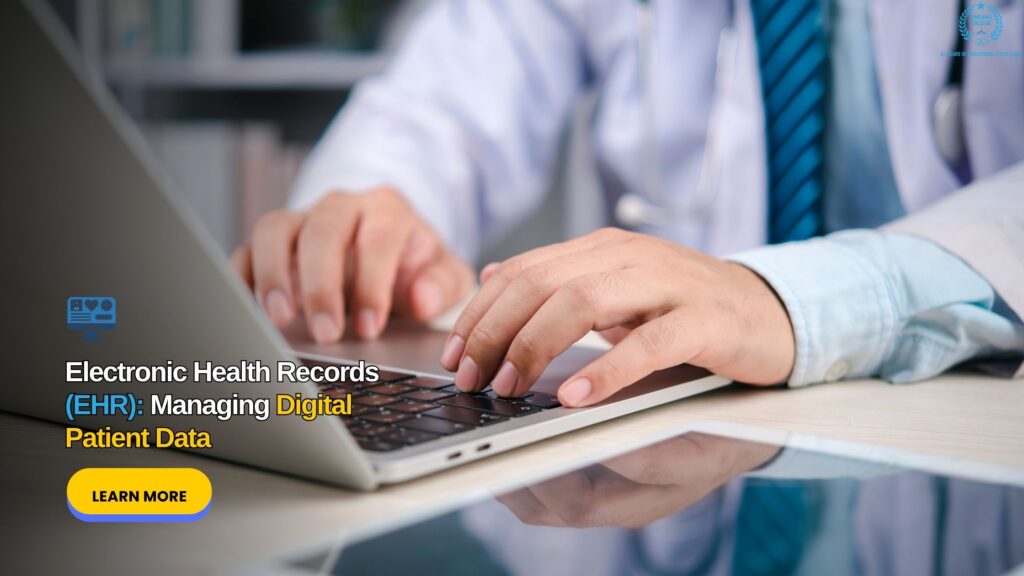The days of bulky paper files and handwritten charts are over. The modern medical office runs on Electronic Health Records (EHRs). For a Medical Office Administrator, proficiency with these systems is not just an advantage—it’s an absolute necessity. Understanding EHRs is central to efficient and safe patient care.
What are Electronic Health Records (EHRs)?
An EHR is a digital version of a patient’s paper chart. However, they are far more comprehensive. They are real-time, patient-centered records that make information available instantly and securely to authorized users across different healthcare providers.
Key Benefits of EHR Systems
The shift to digital has revolutionized clinic operations.
- Improved Patient Care: EHRs provide a complete patient history, including allergies, medications, lab results, and past procedures. This gives clinicians a holistic view, leading to better-informed decisions.
- Enhanced Efficiency and Productivity: Tasks like scheduling, billing, and prescription refills are integrated. This streamlines workflows, reduces paperwork, and minimizes errors from illegible handwriting.
- Secure and Accessible Data: EHRs are stored securely with strict access controls (following HIPAA guidelines). Authorized staff can quickly find the information they need, improving coordination between departments.
The Administrator’s Role as an EHR Expert
As a Medical Office Administrator, you will likely be the power user of the EHR system. Your responsibilities will include:
- Inputting and updating patient demographic information.
- Scheduling appointments directly within the system.
- Assisting clinicians in navigating patient charts.
- Ensuring that all data entry is accurate and complete.
A strong Medical Office Administration Diploma will include hands-on training with popular EHR software. This practical experience ensures you graduate job-ready, able to step into any modern clinic and immediately contribute to its digital backbone.






